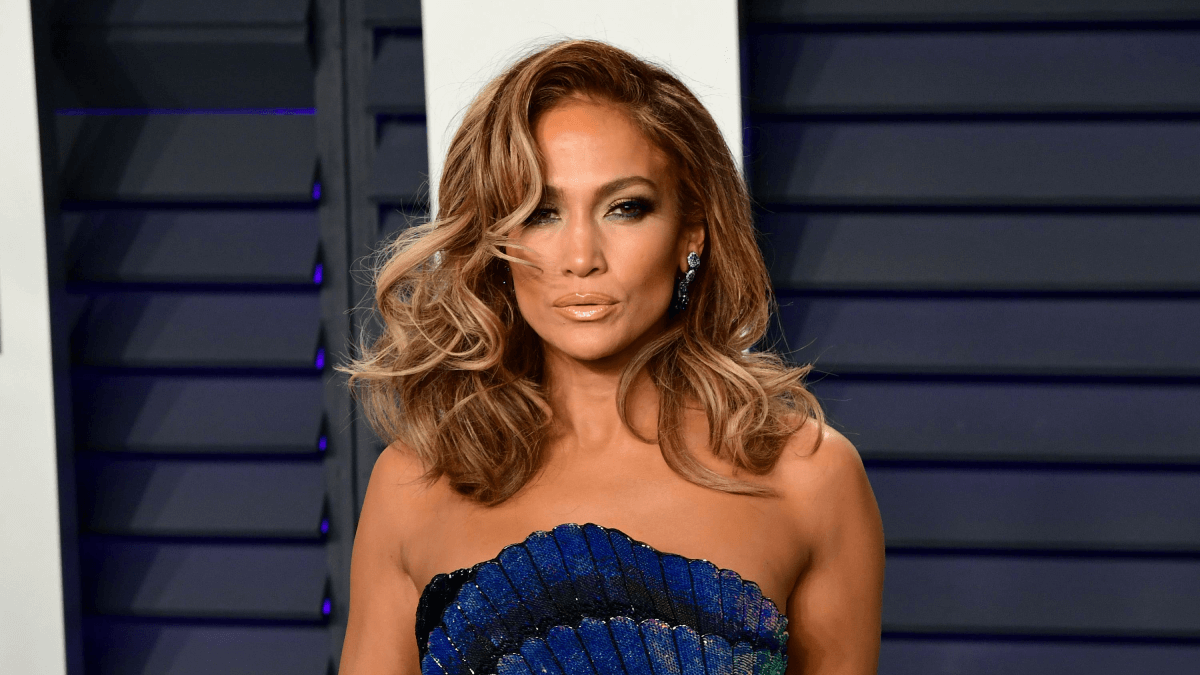It’s never easy to get in shape – and it can get even harder as you age and the middle-aged spread starts.
But developing the shape of a sack of spuds is not inevitable in middle-age – just look at Jennifer Lopez, 51. Although clearly blessed with good genes, the movie star still has to work out to maintain her enviable physique, and has revealed that as she gets older, her trick is to work out “harder and smarter” than she used to.
The mother-of-two told InStyle Magazine: “I’m in the best shape of my life. In my 20s and 30s I used to work out, but not like I do now. It’s not that I work out more; I just work out harder and smarter. And it doesn’t take me as long as it did in the past.”
View this post on Instagram
Personal trainer Henry Myers says that as we age, our metabolism begins to slow, so exercise is a great way to give it a boost and help avoid illness related to weight gain. “Whatever your goal or motivation – whether you want to look like J.Lo or just boost your health – exercise simply improves quality of life,” he stresses.
Read: Four easy exercises you can do while the kettle is boiling
“As we age, high impact moves can prove a little too gruelling at times, so substitute some of the more plyometric [jump training] and explosive exercises with lower impact alternatives. As long as you keep your rep count high and apply good effort, you’ll still reap the rewards of the high intensity workouts and continue to burn calories even after you finish.”
This goes for other types of exercise too, he says – walking, cycling or rowing can be much friendlier on the joints, while still taxing the cardiovascular and muscular systems.
“The key is to make sure that whatever you’re doing makes you feel good,” says personal trainer Alastair Crew. “Our advice would be to ensure that you’re enjoying a variety and, without getting too technical, ensuring the ‘primal movement’ patterns are covered. These are: push, pull, squat, hinge, twist, gate and lunge.”
Something as simple as a squat, for instance, can be really beneficial, as this functional move relates to multiple everyday movement patterns, such as getting up off the sofa or the toilet.
View this post on Instagram
But exercise that includes some form of impact, such as HIIT (high impact interval training) is still worthwhile, explains Mr Myers, as it can help maintain and improve bone health and strength. “Our physicality tends to peak in our early 30s, so once you’re [older than that] it’s really important to look after your body and do what you can to either maintain the good health you’re in, improve your overall health, or slow the inescapable decline as we reach older age,” he says.
Read: Beating the excuses not to exercise
“HIIT workouts are great – they can prove the most effective and time-efficient way of training. HIIT can boost your metabolism, burn high calories and fat in a short time, can be fun and done with minimal equipment (even just your own bodyweight) in any place, at any time. Just 20–30 mins, three to four times a week, would prove incredibly effective.”
Mr Myers points out that the benefits of exercise go way beyond the physical and can help relieve stress, reduce cognitive decline, and tremendously improve mental fitness.
View this post on Instagram
“In short, the main thing to consider when exercising during middle age is understanding your body is on the decline from its peak ability. So rather than going gung ho and approaching it from a performance perspective, it’s much more about looking after the body and looking to improve quality of life,” says Mr Myers.
“A 20-year-old body is not the same as a 50-year-old body – it can’t be pushed in the same way,” adds Mr Crew. “Recovery is really important; as we get older we don’t recover as quickly as we used to. Plan you workout week accordingly; balance out a HIIT day with a Pilates session, relax and do nothing or consider something with less ‘mechanical stress’ such as swimming.”
Read: Health benefits of swimming
Henry Myers’ exercise plan for middle age
Always consult your doctor before starting a new type of exercise if you’re not used to it, but if you’re already active, consider trying this simple exercise plan.
Time: 20–30 minutes of high intensity exercise or 30–40 minutes of moderate intensity exercise (as long as you elevate your heart rate above resting rate).
Type: HIIT, resistance training, walking or running.
Tally: Three times a week, avoiding having three days off in a row.
What do you do to stay fit? Do you go to the gym or prefer to get your exercise in other ways? Let us know in the comments section below.
– With PA

